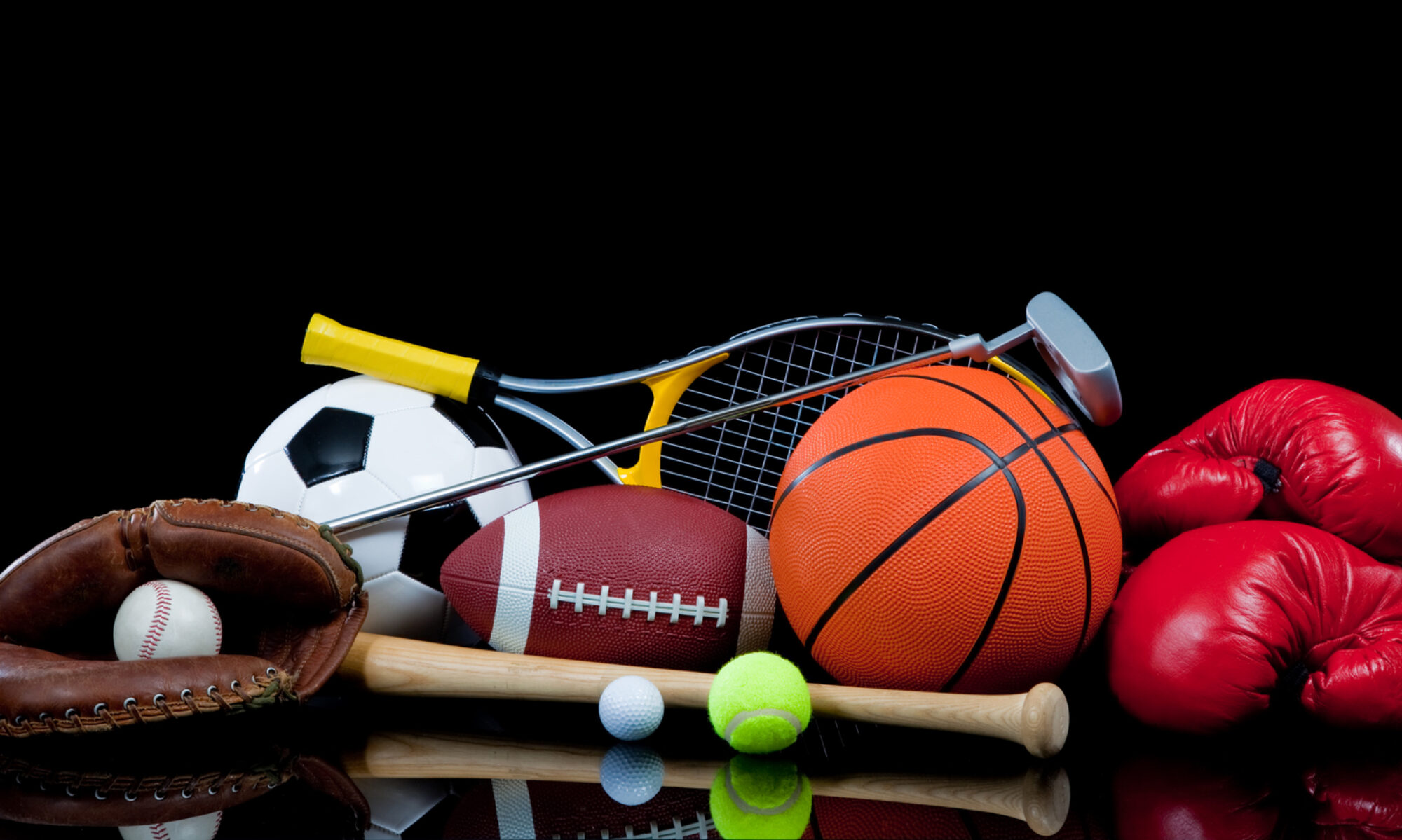The 1936 Olympic Games, officially known as the Games of the XI Olympiad, were held in Berlin, Germany, from August 1 to August 16, 1936. These Games are historically significant for their political context, the propaganda used by the Nazi regime, and the remarkable athletic achievements that took place.
Background and Preparation:
- Selection of Berlin:
- Berlin was selected as the host city in 1931, before the Nazi Party came to power. However, the Nazi regime, which took control in 1933, used the Games to promote their ideology.
- Political Context:
- Adolf Hitler and the Nazi regime aimed to use the Olympics to showcase the supposed superiority of the Aryan race and to promote Nazi propaganda both domestically and internationally.
- Venue and Infrastructure:
- The main venue was the Reichssportfeld, which included the Olympic Stadium (Olympiastadion). The complex could accommodate over 100,000 spectators and was one of the largest sports facilities of its time.
- Extensive infrastructure improvements were made, including new sports facilities, roads, and a new airport.
Opening and Closing Ceremonies:
- Opening Ceremony:
- The opening ceremony was held on August 1, 1936, at the Olympic Stadium. It featured grandiose displays of Nazi symbolism and pageantry, with Adolf Hitler officially opening the Games.
- A significant innovation was the first use of the Olympic torch relay, with the flame being transported from Olympia, Greece, to Berlin.
- Closing Ceremony:
- The closing ceremony took place on August 16, 1936, marking the end of the Games with a display of fireworks and celebratory events.
Notable Events and Highlights:
- Jesse Owens:
- American athlete Jesse Owens became the star of the Games, winning four gold medals in the 100 meters, 200 meters, long jump, and 4×100 meters relay. Owens’ achievements were a significant counterpoint to Nazi racial ideology, as he was an African American athlete excelling in front of Hitler.
- Luz Long:
- German long jumper Luz Long famously helped and congratulated Jesse Owens, demonstrating sportsmanship despite the political tensions. Long’s gesture is remembered as a symbol of the Olympic spirit.
- Political Boycotts and Protests:
- There were calls to boycott the Berlin Olympics due to the Nazi regime’s policies, but most countries chose to participate. Spain did not compete due to the Spanish Civil War.
- The Games were marked by Nazi propaganda, with extensive use of swastikas and other symbols of the regime.
- Innovations in Broadcasting:
- The 1936 Olympics were the first to be televised, with broadcasts shown on large screens around Berlin and to limited television sets in Germany. This was a significant advancement in sports broadcasting.
- Other Athletic Achievements:
- Finnish runner Paavo Nurmi, who had previously won nine gold medals, was controversially banned from competing due to accusations of professionalism.
- The German team performed well, topping the medal table with the most gold medals and total medals.
Impact and Legacy:
- Propaganda and Image:
- The Berlin Olympics were a major propaganda success for the Nazi regime, showcasing a peaceful and prosperous Germany to the world, despite the underlying reality of oppression and militarization.
- The Games helped to temporarily soften the image of Nazi Germany internationally.
- Athletic Legacy:
- Jesse Owens’ triumphs challenged racial stereotypes and left a lasting legacy in sports history.
- The introduction of the torch relay and advancements in sports broadcasting set precedents for future Olympic Games.
- Historical Context:
- The Berlin Olympics are often seen as a prelude to World War II, highlighting the tensions and ideologies that would soon lead to global conflict.
- The Games demonstrated how sports can be manipulated for political purposes, a lesson that resonates in discussions about the relationship between sports and politics today.
